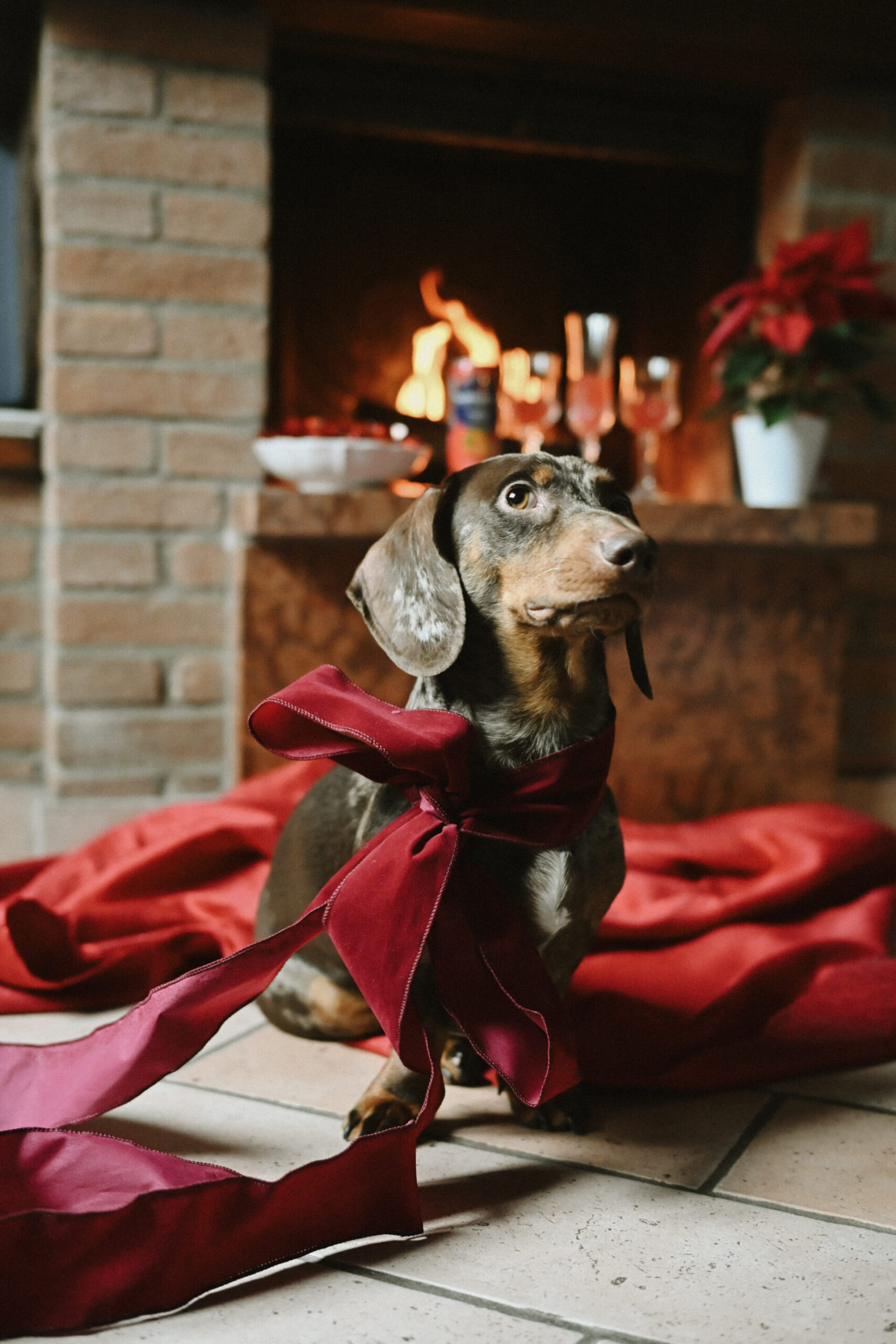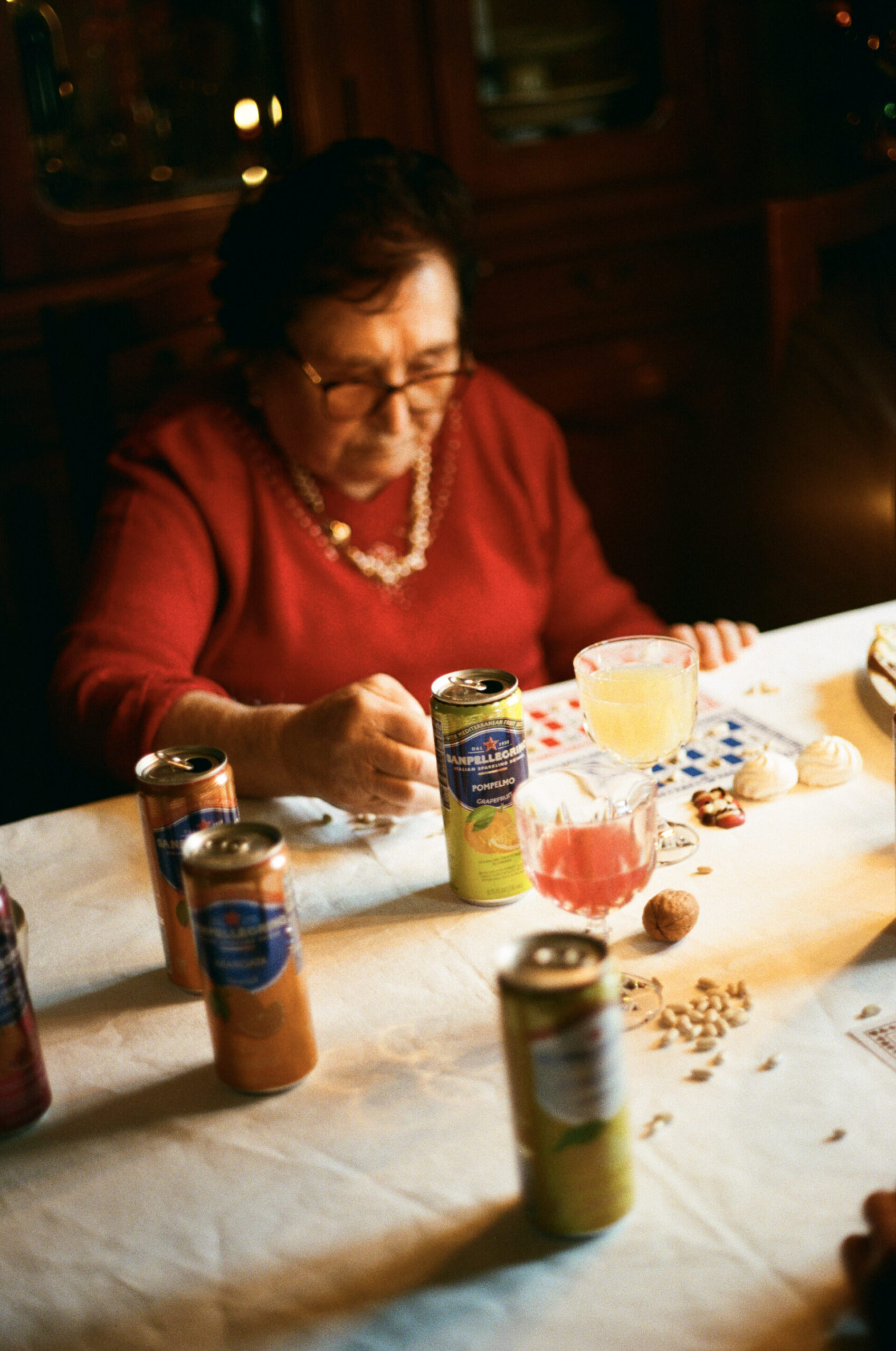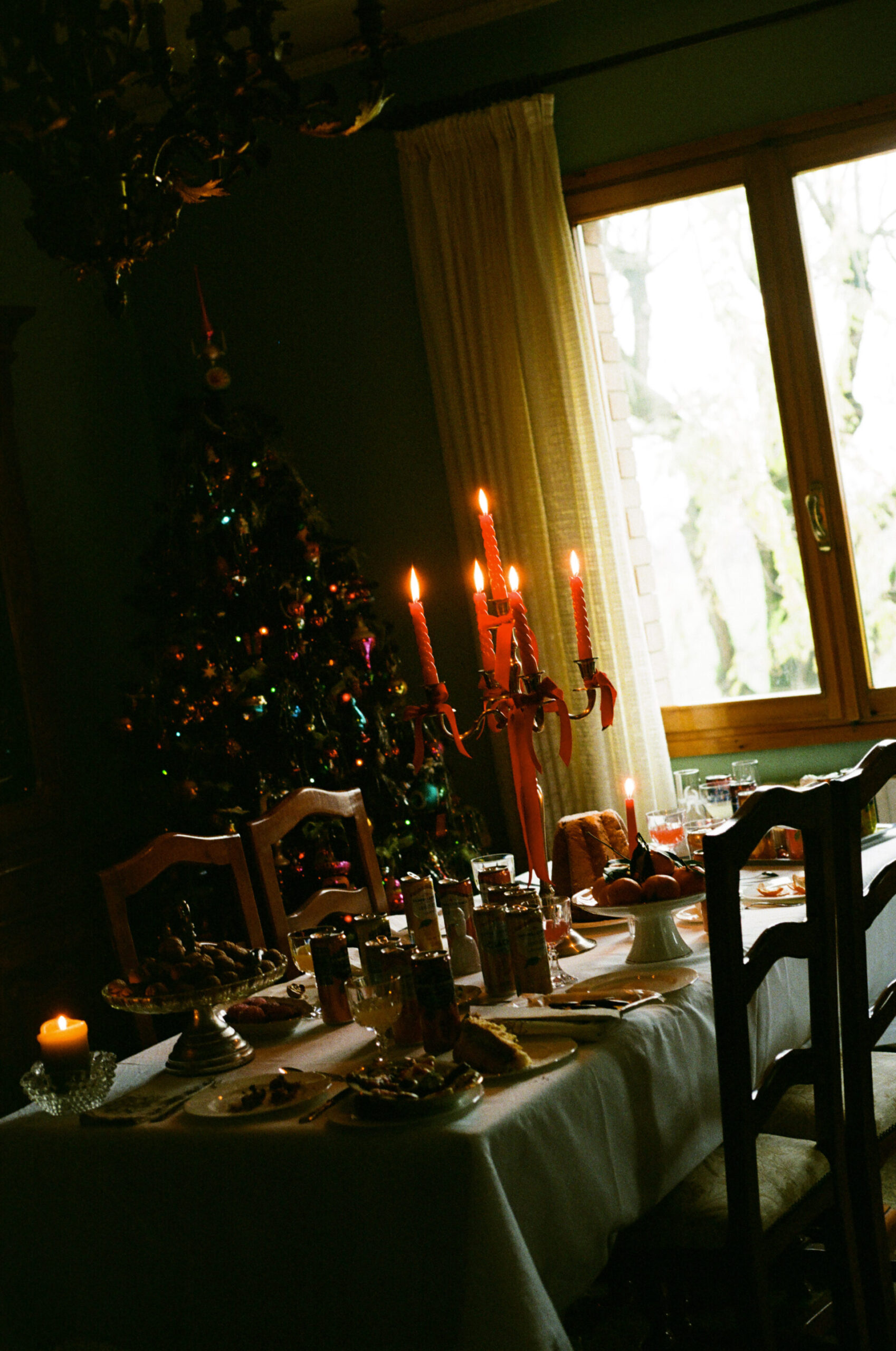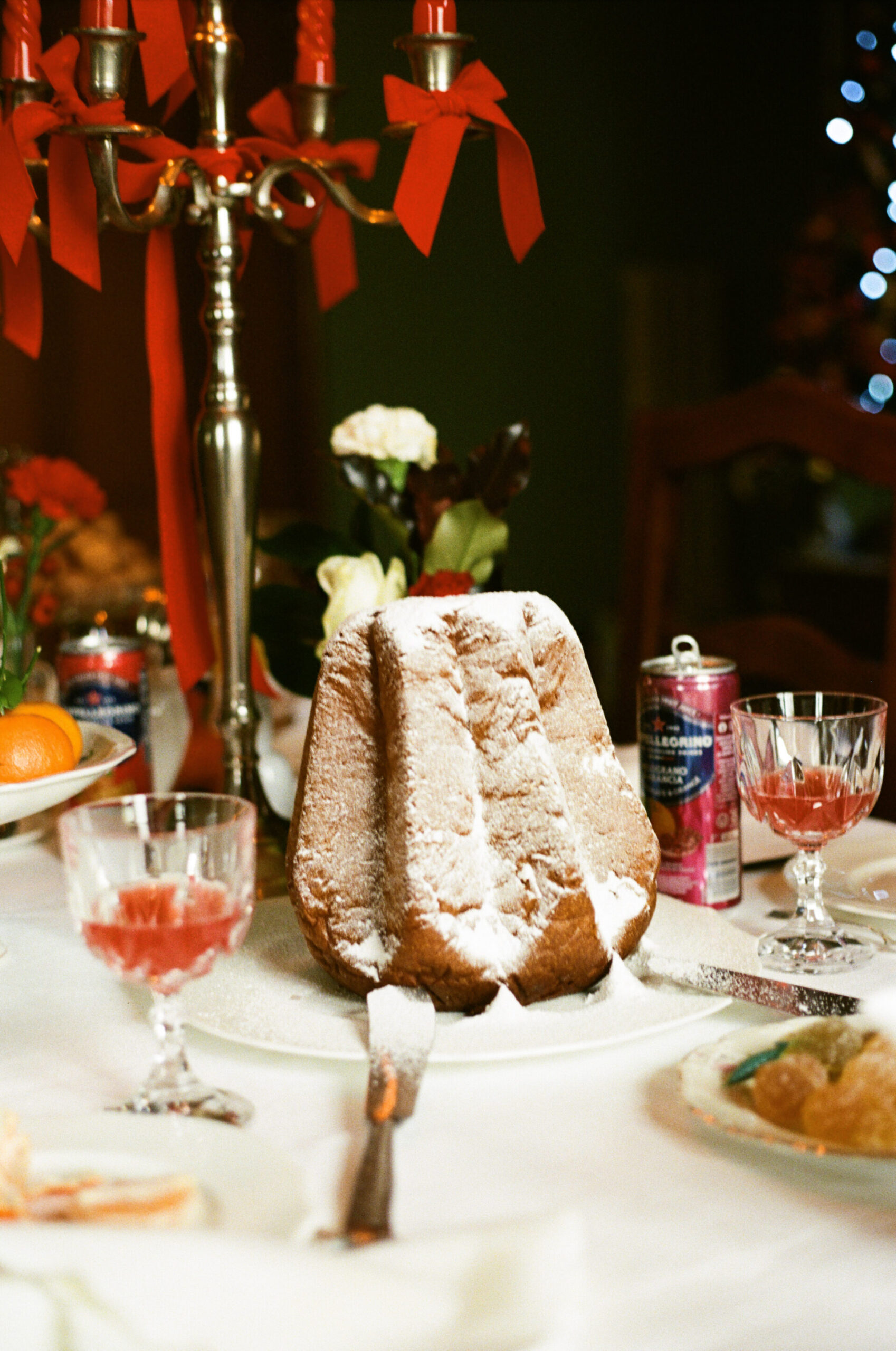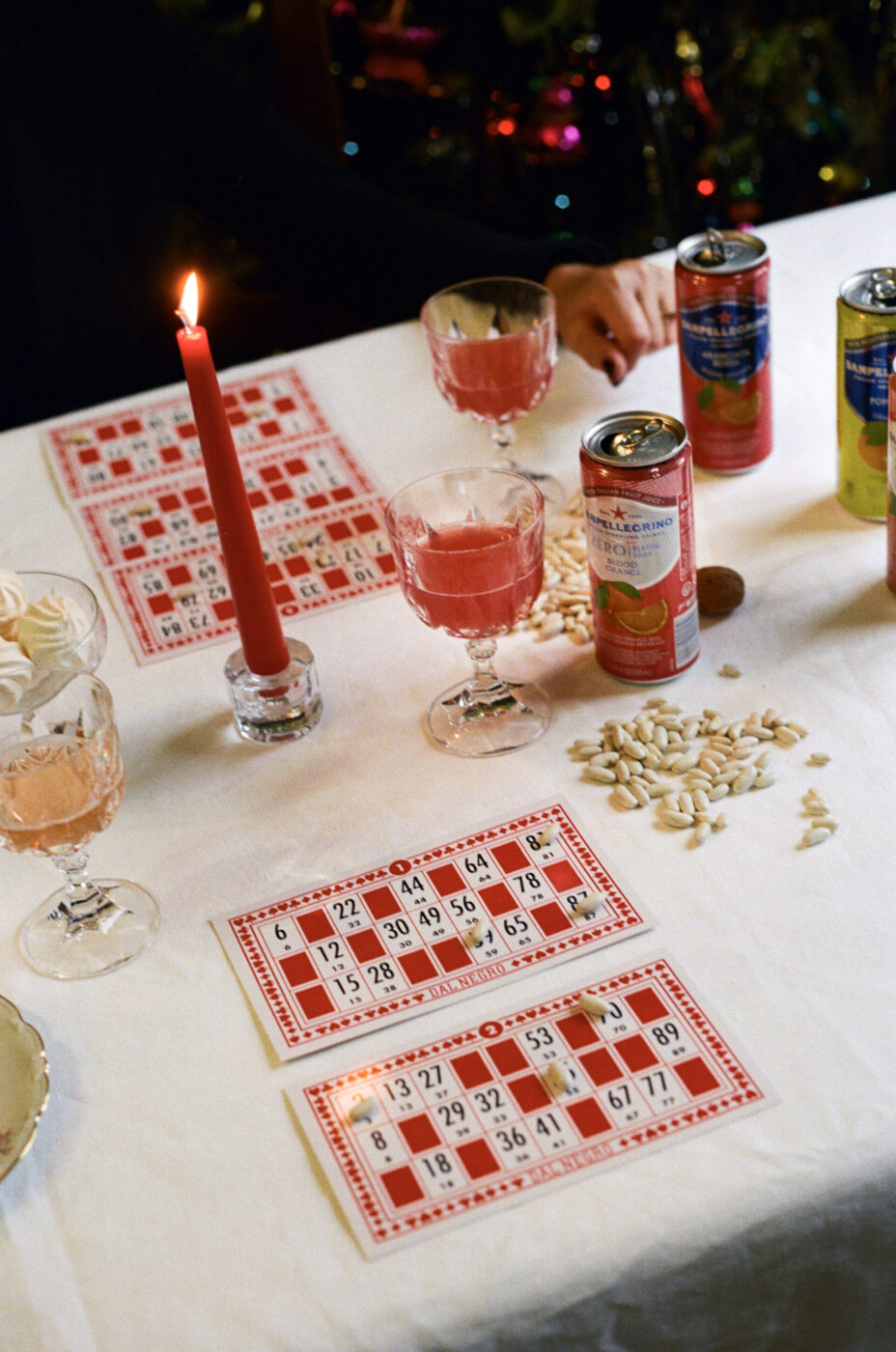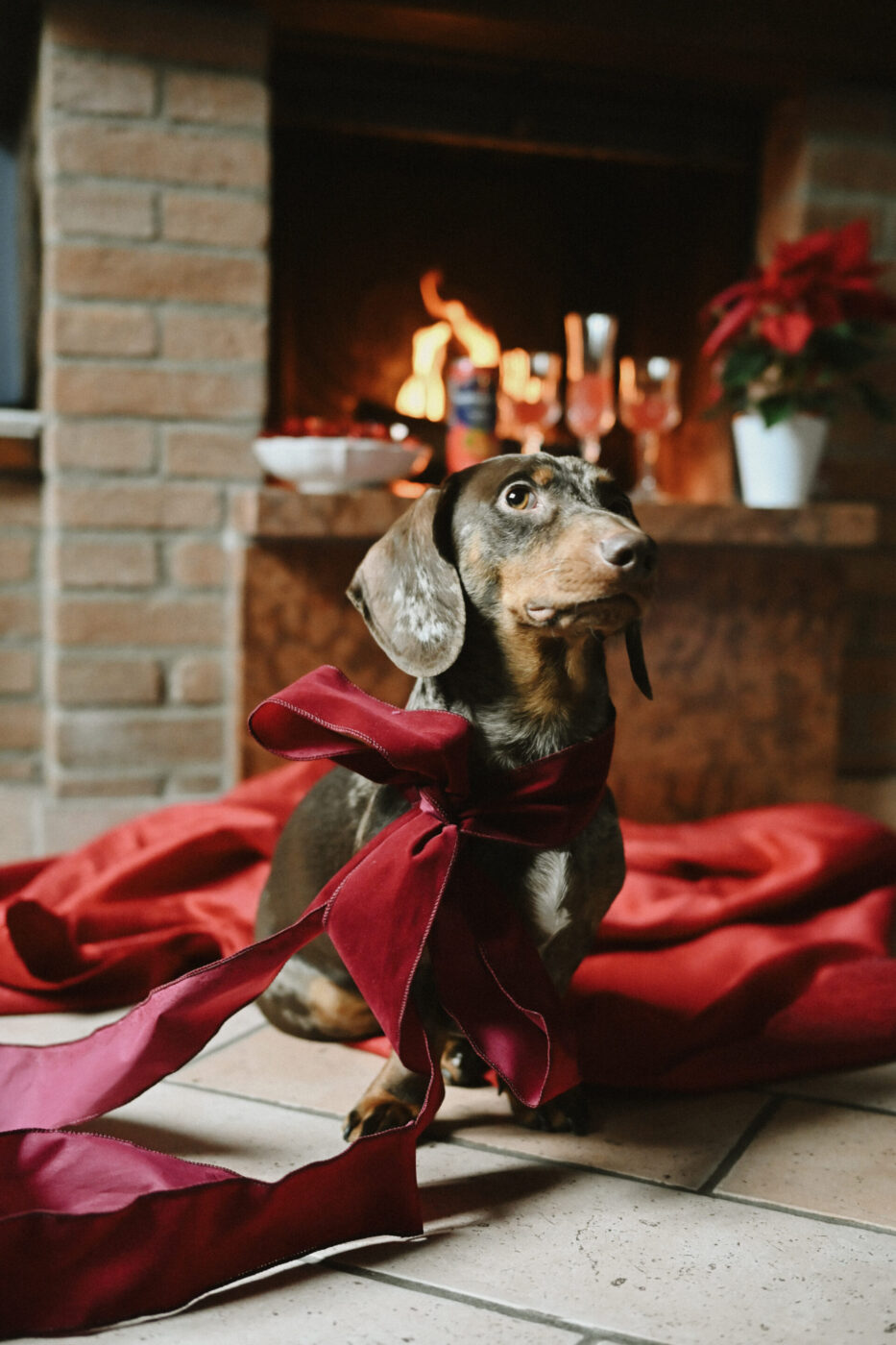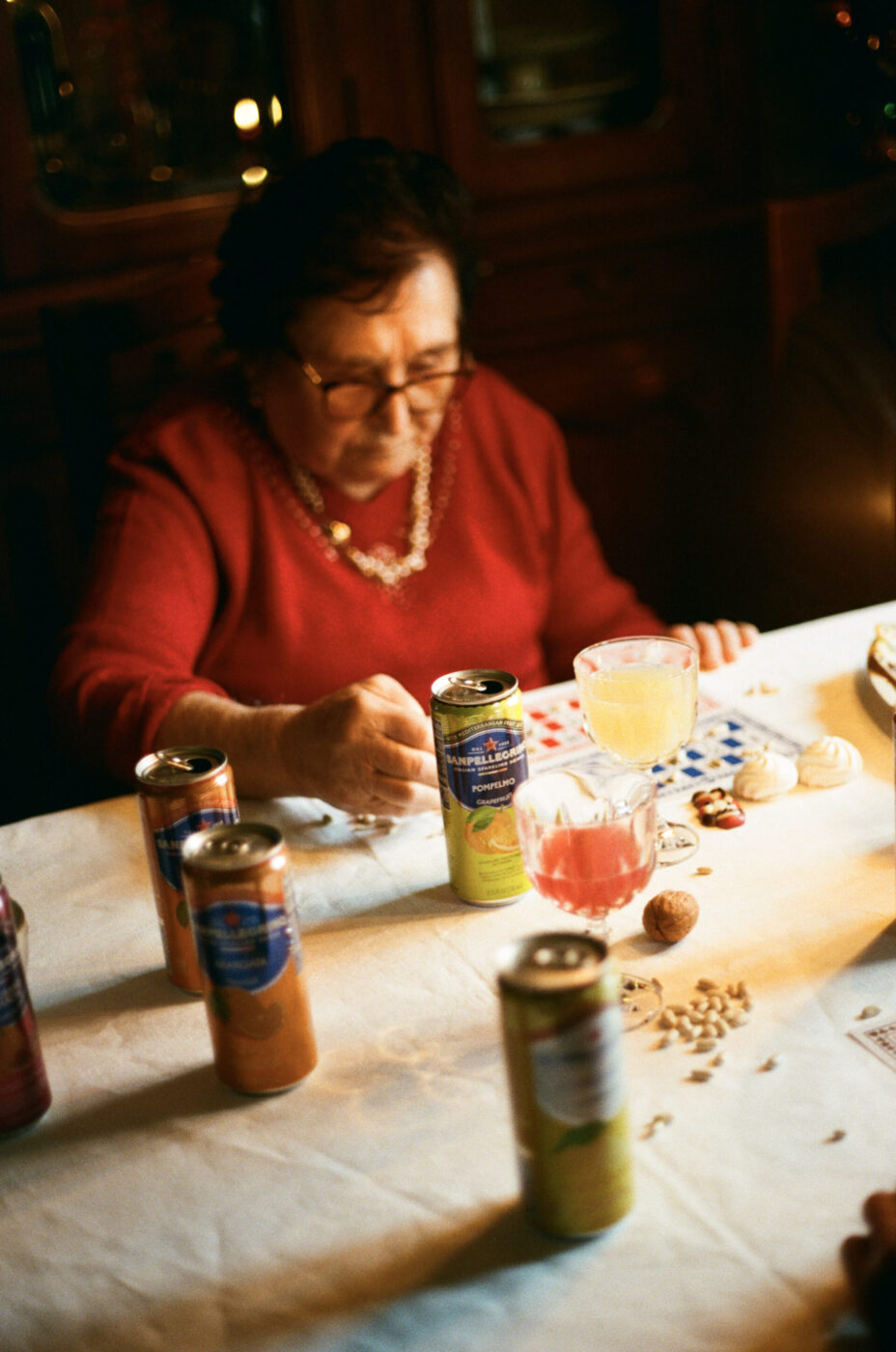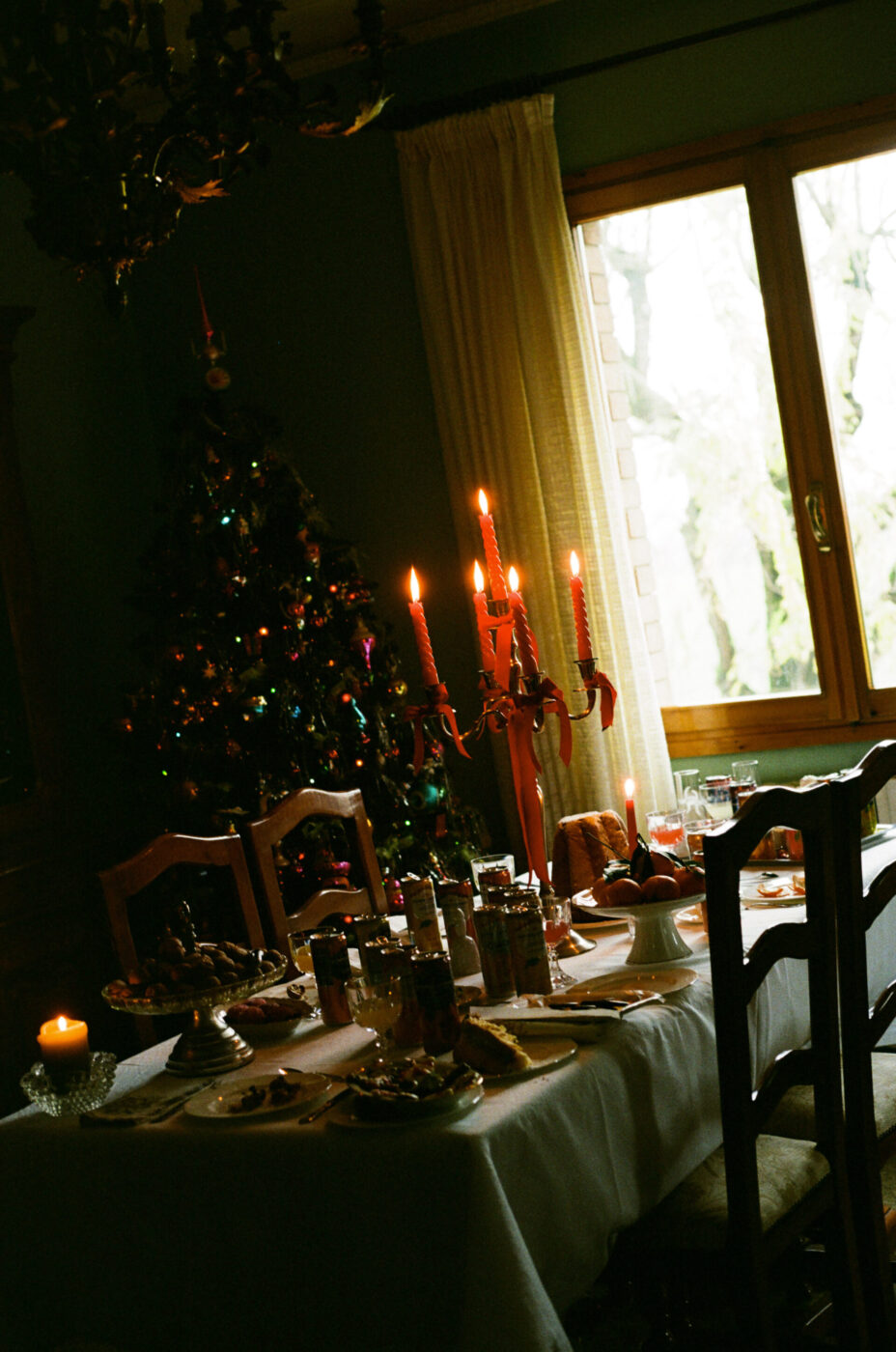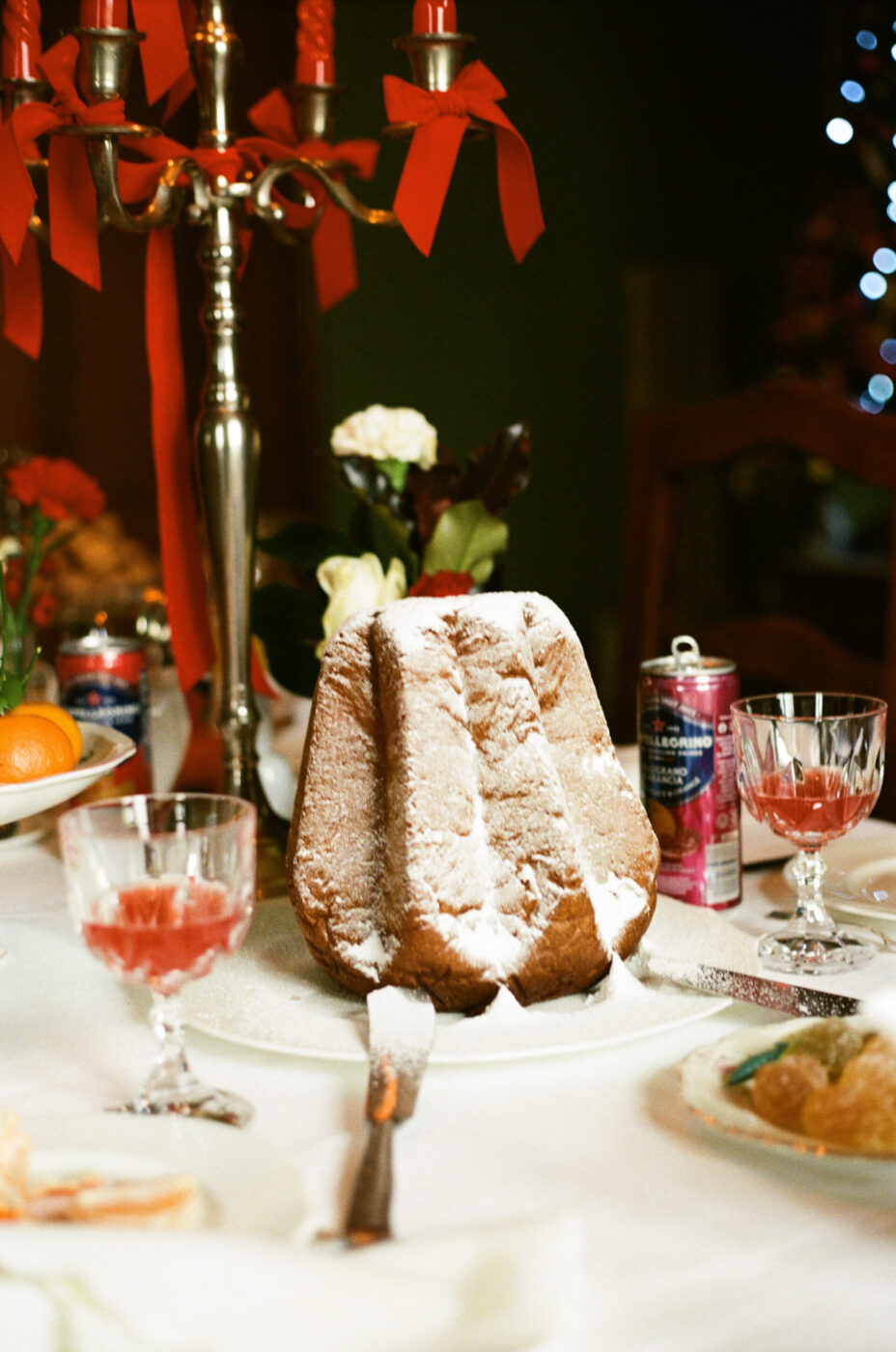DO eat seasonal sweets. The holidays aren’t complete without panettone, or its cousin pandoro, though there are tons of other festive regional desserts to try, like mostaccioli, struffoli, and torrone.
DO get rid of something you don’t need anymore on New Year’s Eve; out with the old and in with the new!
DO (or maybe DON’T) throw old or broken things out the window on New Year’s Eve—a Southern Italian custom that, for perhaps obvious reasons, is dying out. PROCEED WITH CAUTION.
DO wear something new on New Year’s—even better if it’s red. The auspicious color is said to bring health, protection, and joy (something that women of the Roman Empire believed as well).
DON’T start your resolutions on January 1st. Here, the festivities—and the feasting—don’t officially wrap up until January 6th. Give yourself a grace period to finish the leftover panettone; the “new year new you” can wait another week.
DON’T get too competitive while playing Tombola. This Italian equivalent of Bingo is the quintessential post-holiday-dinner activity, but be warned, families take it seriously. It should be fun though, even when nonna is (cheating and) winning all the prizes. (When your family is ready, take it up a notch with Tombola Napoletana. In this version, every number corresponds to a symbol from the Smorfia, a book of dream interpretations, like “22” for “The Crazy Man.”)
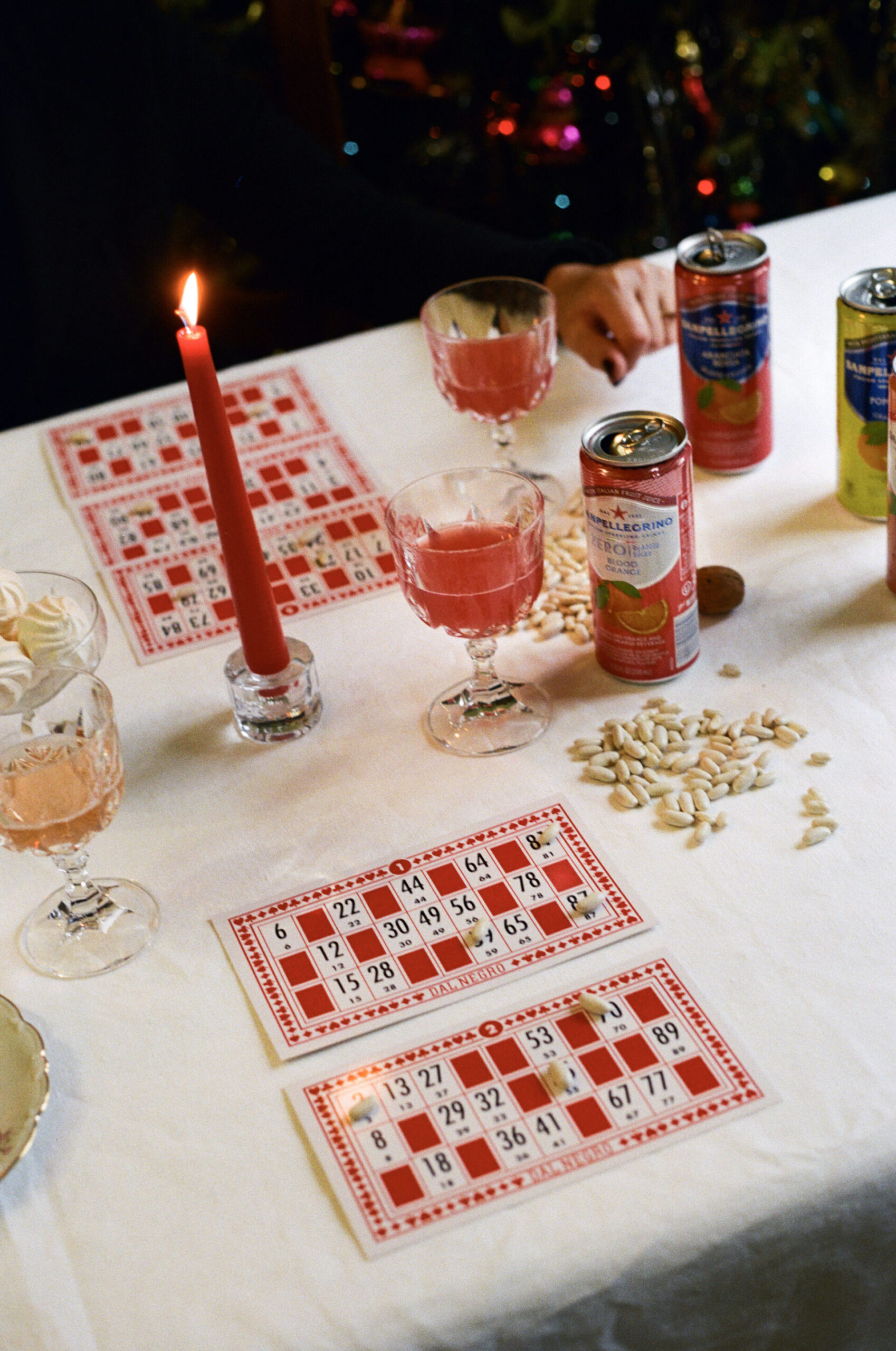
DO set off firecrackers, botti di capodanno, to ward off evil spirits.
DO eat lentils at the stroke of midnight for a wealthier year. They’re best accompanied by another celebratory classic: the zampone. (Like in other parts of the world, many of us also eat 12 grapes for luck, one for each month of the coming year.)
DO refresh your palate with something sparkling! Our meals are marathons, so between the sumptuous courses and endless toasts, keep the table lively with sparkling water or a zesty sparkling beverage to cleanse the palate and keep the conversation flowing. And if you happen to spill a drop, don’t worry, just dab a little behind your ear to counteract the bad luck.
DON’T ignore the weather for the first 12 days of the new year. Nonna teaches us that each day will predict the weather for the corresponding twelve months ahead.
DO eat fish—preferably seven courses of it—on the eve of the holidays. This longstanding practice, known as La Vigilia, is the traditional lighter prelude to the heavy feasting that follows the next day.
DO switch to meat—we’re talking cappelletti in brodo and cappone—for big holiday lunches. This is the moment for high-impact comfort foods that bring the whole family to the table.
DON’T forget to leave a stocking out on the evening of January 5th for the broom-riding Befana to leave candy (if you’ve been good) or coal (if you’ve been bad). Children are also encouraged to leave a small offering of wine and food for her, a gesture to bring good luck in return.
DO buy a paper cone of caldarroste (roasted chestnuts) from a street vendor during your evening passeggiata. Their smoky scent is everywhere in December, and they’re the best way to warm your hands and stomach in the winter chill.
